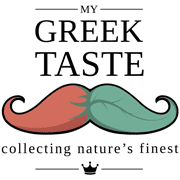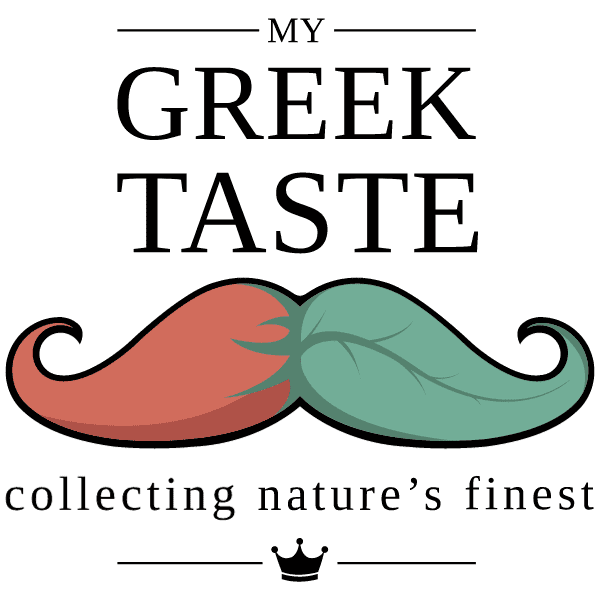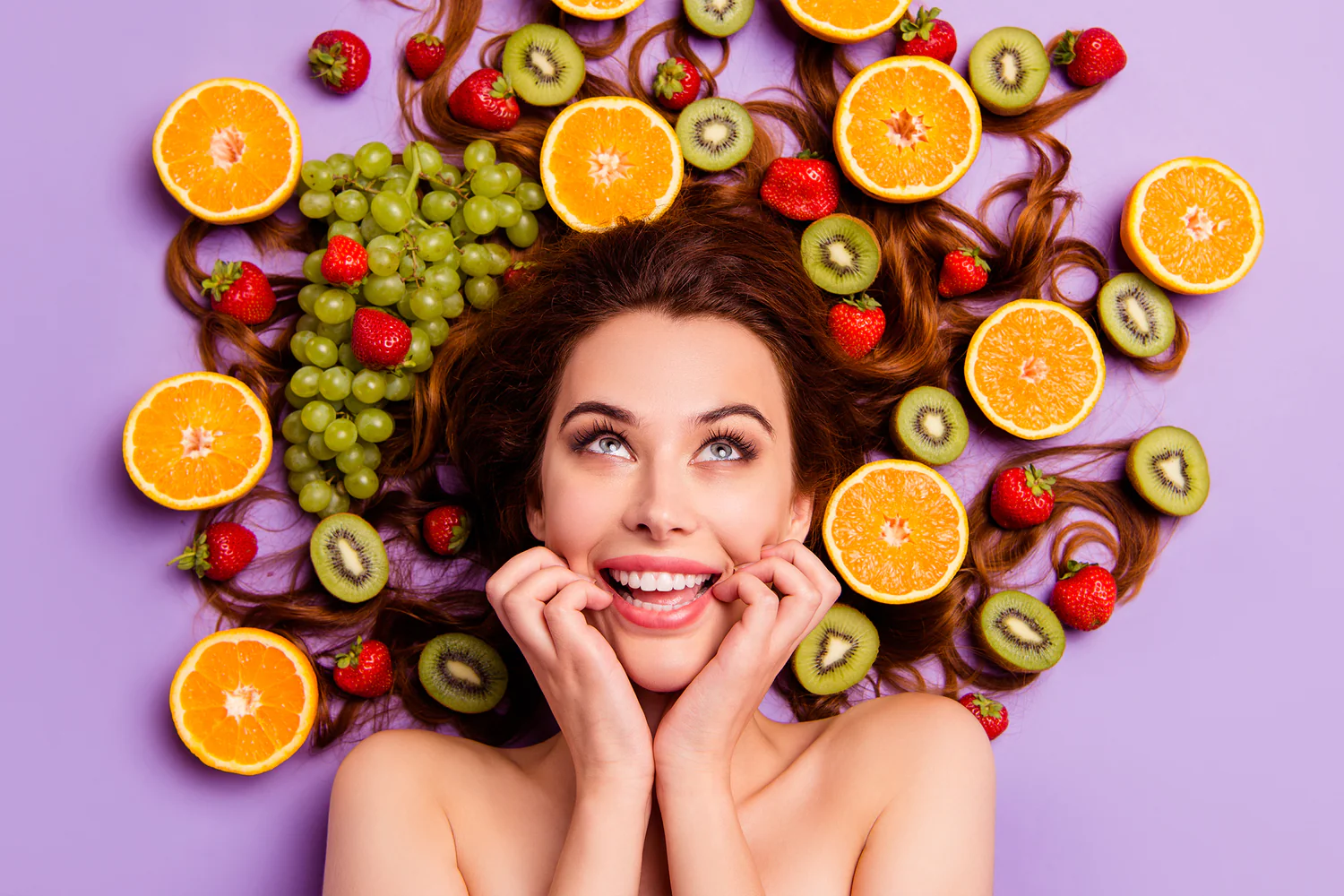Do you know what carrots, blueberries, turmeric, and tomatoes have in common? They all contain natural coloring agents that give plants their characteristic color and are linked to certain health benefits. The more color on a plate, the more nutrients, fiber, and phytochemicals. The rainbow on the plate refers to the range of colors in food and the fact that different colors should be put together on the plate in as many ways as possible, every day.
Why is it important to eat “colors”?
We are advised to eat at least 500 g of berries, vegetables, and fruits a day. This can easily be measured with two hands: at least five handfuls a day. Vegetables, berries, and fruits are rich in vitamins, minerals and fibre. They are also full of phytochemicals that make food look pink, dark red, purple, or yellow. Each color has been shown to offer different health benefits, and no one color is better than the other. The balance of all colors is what matters.

Meaning behind the colors
All green plants contain chlorophyll, or leafy green, which is essential for photosynthesis. The green color also provides important nutrients such as magnesium, iron, folic acid, and vitamin K, as well as phytochemicals such as lutein and isoflavones. Broccoli, kale, and collard greens are all sources of sulforaphane and glucosinolates.
Yellow fruits and vegetables are rich in vitamin C and carotenoids such as beta-carotene, a precursor of vitamin A. Carotenoids make carrots, for example, orange. Two other important carotenoids are lutein and zeaxanthin. They are strong fat-soluble antioxidants and their effects on eye health have been widely studied. The curry is yellow due to curcumin in turmeric.
Red fruits and vegetables contain substances such as lycopene and ellagic acid. Lycopene is what makes tomatoes red. The blue color is due to anthocyanins, a subgroup of flavonoids. Anthocyanins are found in blueberries, aubergines, and grapes. Purple fruits and vegetables are rich in resveratrol.
White fruits and vegetables contain several health-promoting phytochemicals, such as allisin, which is found in garlic and is known for its antimicrobial properties, among other things. Bananas and potatoes are also excellent sources of potassium.

Superfood powders complete the rainbow
Focusing on eating different “colors” increases intake of different nutrients. It is not necessary to include all colors in the same meal but to choose as many different colors as possible during the day. Individual vitamins and minerals are not all that is important in fruits, berries, and vegetables. What matters is the whole, all its components. If rainbow feels a challenge during hectic weeks, try the superfood powders. They contain berries, fruits, and vegetables in whole, in a powdered form. Superfood powders can help to ensure the intake of essential nutrients and phytochemicals that the body needs to function well. They make it easy to supplement a daily rainbow.


